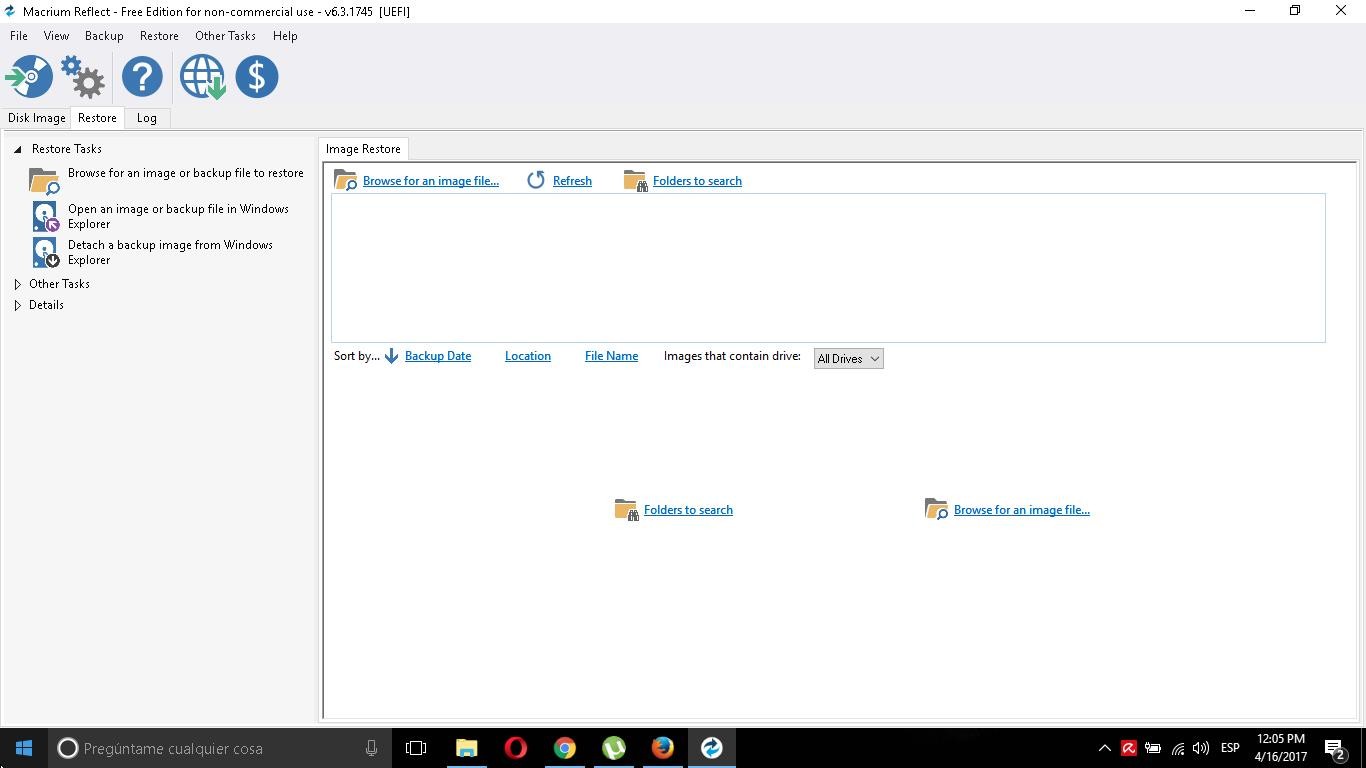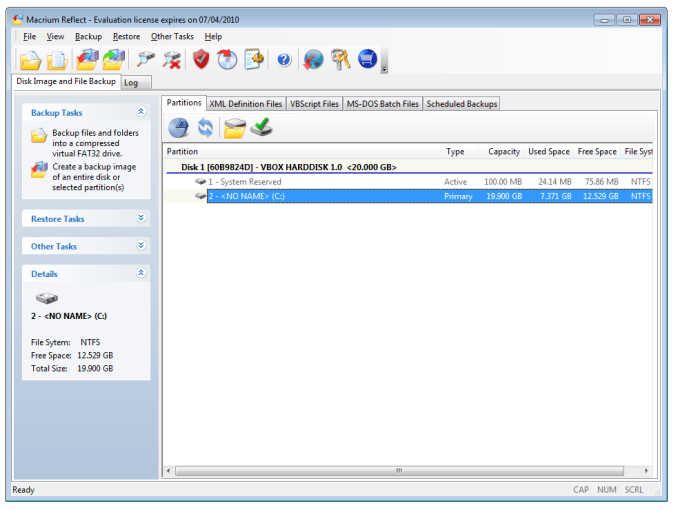

Their need to do full system image backups (or incremental/differential backups afterward) is far less frequent.

They're taking backups far more frequently than once every couple of days, because they need to.Ĭontrast that with most home users, who mostly browse the web, write email, and similar, maybe creating a new word processing document every once in a while. There are environments that have immense amounts of work going on every minute (think something like the ordering system on ) where, if they were to lose the orders placed in the last 15 minutes, it could mean the loss of tons of money and a lot of angry customers. Only the person doing the backup can really know.Īnd the way you know, pretty much, is if you were to lose everything you've worked on, uploaded, etc., between your last full or differential backup and the next differential one that has not quite yet occurred, would you be ready to scream, rend your garments, and snatch your hair out? This is not a question that can be answered generically.

What happens if you want (or need) to exclude files from your image? This is it! You can run the backup you created now or uncheck that and let it run on the schedule you created. You can also hit the advanced options and choose the option to verify the backup image before or after every run of the backup schedule. This is your summary to check if all is well and to your specifications. Explanation of Full, Differential backups: Incremental vs differential backup: what are the differences, and how do they compare? As shown above, I have 2 Full backups and 12 Differentials, you can set it up any way that fits your needs. Choose the location of the image file, preferably a separate or external drive. Some of the partitions contain the boot files for Windows. Make sure each partition you want to image is checked like above. Then, click Create an image of the partition(s) required to backup and restore Windows. You will choose the drive and partitions you want to image.


 0 kommentar(er)
0 kommentar(er)
